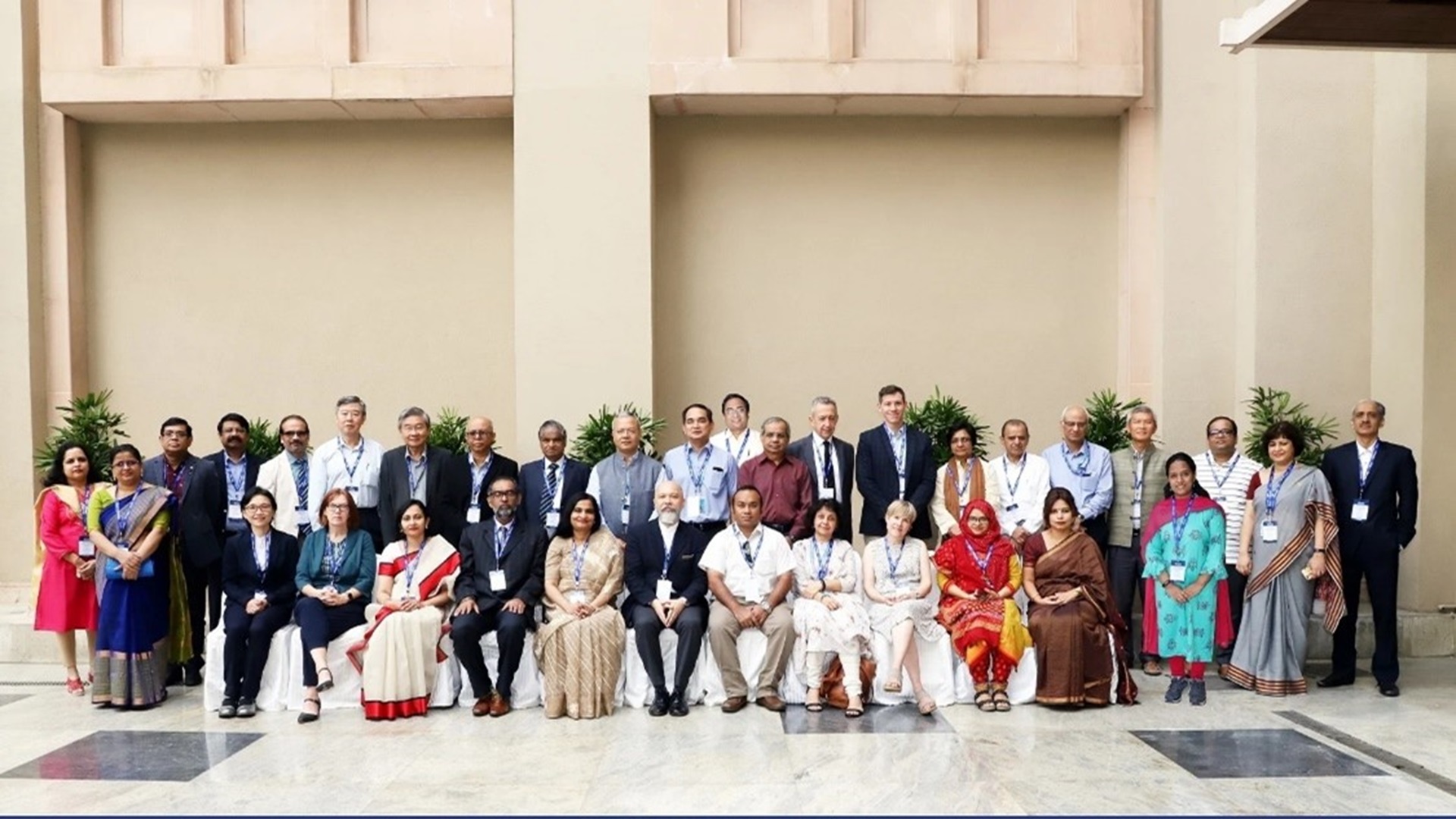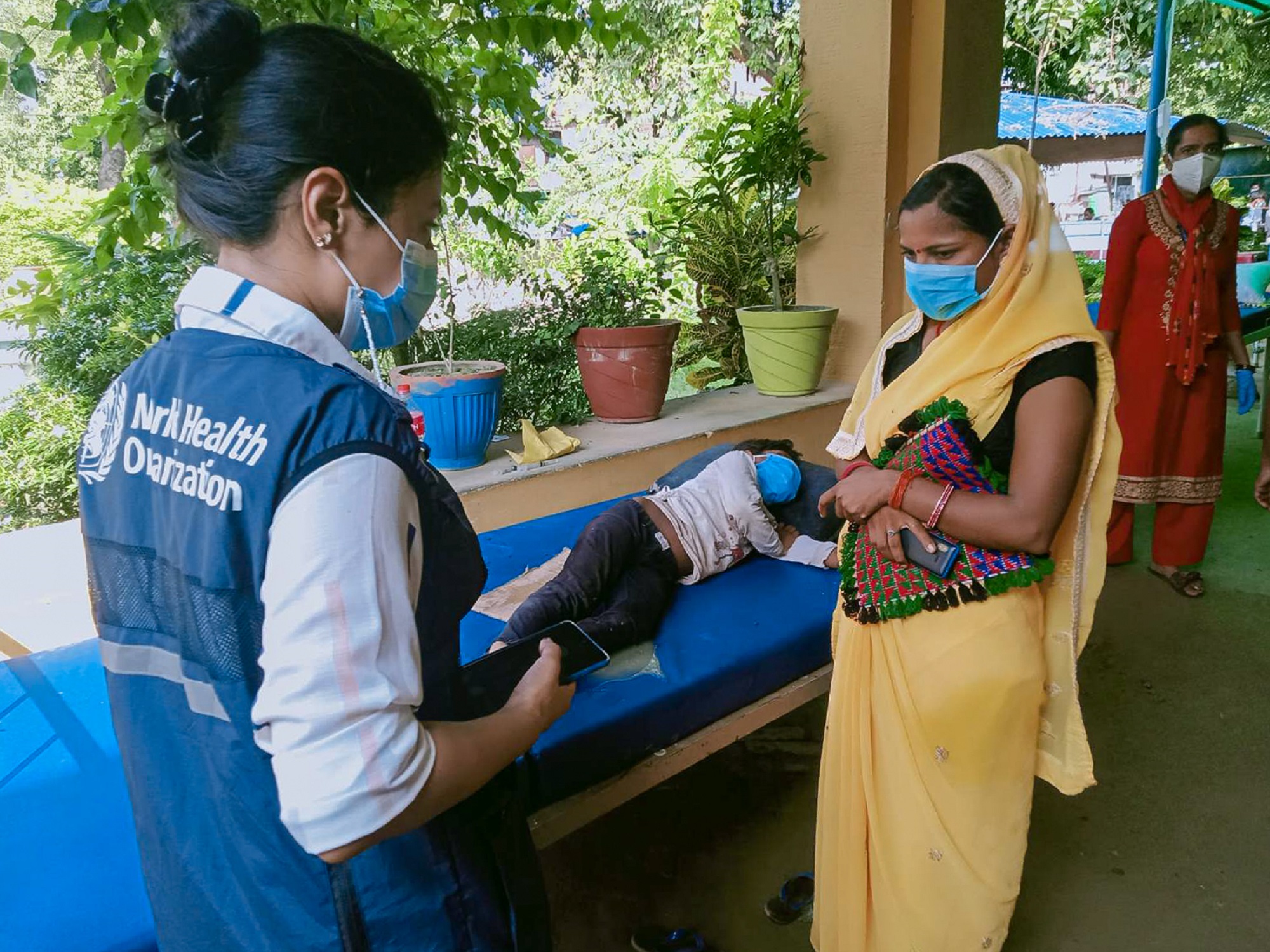Nipah virus disease
Nipah virus (NiV) has been identified as a priority high threat pathogen in the South-East Asia Region. Since the emergence of Nipah in Bangladesh and India in 2001, WHO has worked closely with partners such as Institute of Epidemiology, Disease Control and Research (IEDCR), International Centre for Diarrheal Disease Research, Bangladesh (icddr,b), and the Indian Council of Medical Research (ICMR) and also focused efforts on strengthening surveillance and response capacity.
The WHO regional office has responded to the serious threat posed by NiV. As recommended by the expert group that was convened in 2019 by the Regional Director, the regional office developed a “WHO South-East Asia Region’s Strategy for prevention and control of Nipah”. The Strategy is a One Health, context-specific, risk-based, multi-year strategy and a roadmap to strengthen Nipah prevention and control in the region. The draft strategy integrates the emergency response framework and provides a template for similar strategies for other HTPs of relevance in the region. The Strategy was developed in consultation with several global and regional Nipah virus experts and One Health scientists and identifies key strategies and activities for both Member States and WHO to facilitate country-level adaptation and development of implementation plans. The strategy is currently under review by Member States for their feedback and will be launched later in 2023. With technical support from the WHO Collaborating Centre for Strengthening Capacity for Emerging Infectious Diseases at ICMR-NIV, Pune in India, the WHO regional office developed a draft Regional Standard Operating Procedures (SoP) for laboratory diagnosis of Nipah. The SoP provides detailed guidance for strengthening laboratory networking, diagnostics, and procedures for NiV by member states.

Photo Credit-IHM/WHE/SEARO
Cholera
The South-East Asia Region (along with other regions) has witnessed an increasing trend of cholera in the past years. These include small and large acute cholera events in Bangladesh, India and Nepal as well as continued cholera transmission in Cox’s Bazar. WHE monitored cholera activity including providing technical support to Member States for outbreak response. As part of outbreak response, support for Oral cholera Vaccine (OCV) campaigns was led by IVD/CDS in coordination with the WHE at the Regional Office.

Photo Credit-WHO Nepal/C. K. Tamang
Other cholera-related support of WHE included facilitating activities related to implementation of Ending Cholera - A Global Roadmap to 2030, which is a priority for the South-East Asia region. Inclusion of cholera-related data from Member States in the region in the global annual cholera report was successfully coordinated by the WHE.
Collaborations across departments to support prevention and control of HTPs
Global Arbovirus Initiative
WHO headquarters is in the process of launching a Global Arbovirus Initiative. The initiative aims to build a global coalition of countries and strategic partners to use an integrated and coordinated approach to tackle the increased risk of arbovirus transmission.
The WHE and Department of Communicable Diseases at the regional office lead the planning and rollout of the initiative in the region. These departments provided technical and coordination support for preparatory activities, including coordinating a country-level survey on existing prevention and control strategies in the region and feedback on the global strategy. This will be followed by consultations with Member States.
Defeating Meningitis by 2030 Initiative
WHO launched the “Defeating Meningitis by 2030: The Global Roadmap in 2021”. The roadmap sets out a plan to tackle the main causes of acute bacterial meningitis (meningococcus, pneumococcus, Hemophilus influenzae and group B streptococcus). The roadmap’s three visionary goals are to: (i) eliminate epidemics of bacterial meningitis; (ii) reduce cases of vaccine-preventable bacterial meningitis by 50% and deaths by 70%; and (iii) reduce disability and improve quality of life after meningitis of any cause. To achieve these goals, the roadmap identifies strategic goals, key activities and milestones across five pillars: prevention and epidemic control; diagnosis and treatment; disease surveillance; support and care for people affected by meningitis, and advocacy and engagement.
Currently, the WHO regional office is supporting regional implementation of the global roadmap, led by IVD/CDS with support from WHE and Department of Healthier Populations and Noncommunicable Diseases (HPN). The regional office has developed a regional implementation framework aligned with the Global Roadmap, pending endorsement by Member States in 2023.
